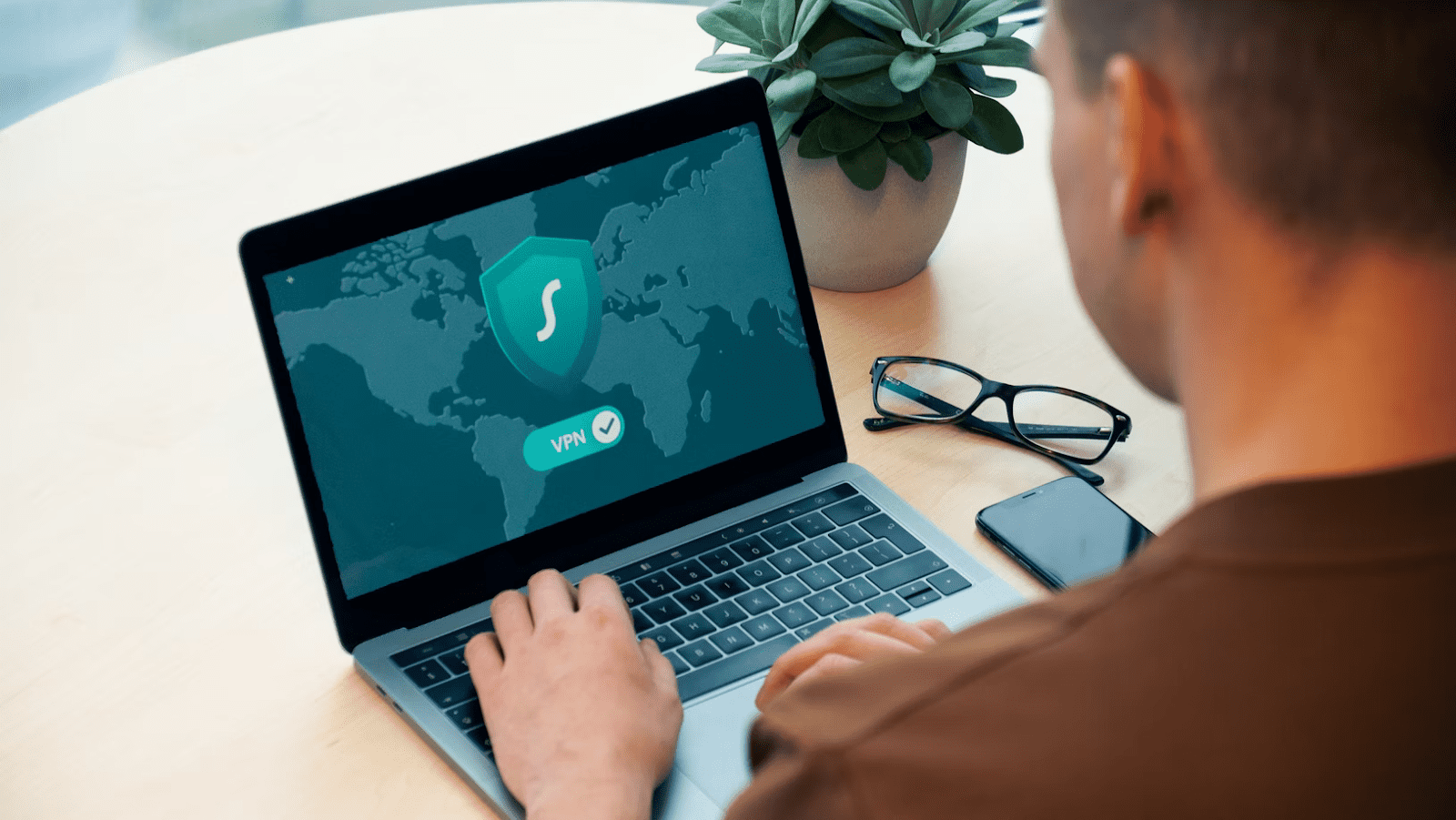Cybersecurity threats have only gotten more sophisticated in the last several years, taking advantage of things like socio-political unrest and the global COVID-19 pandemic. Experts predict that by 2025, the global cost of cybercrimes will reach $10.5 trillion—up 15% from $3 trillion in 2015.
Even if you feel prepared to protect yourself from malicious attacks by keeping your password safe and secure, keeping your software and hardware updated, and sharing best practices for IT security with your employees, there are certain cybersecurity threats you might not be aware of.
[Related: Can You Spot These 5 Warning Signs Your Business Might Be Getting Scammed?]
Here are 5 cybersecurity threats you may not have considered.
Cloud-jacking
Recently, cloud-jacking has crept into the spotlight as one of the more prominent types of modern cybersecurity threats. While cloud-based data storage has several benefits, including keeping your data more secure than on a physical drive, that doesn’t mean it can’t fall victim to breaches. Cloud-jacking occurs when hackers use certain code injection to take control of sensitive information stored in your cloud.
To help reduce the chances of cloud-jacking, minimize the amount of individuals who have access to the cloud, encourage the use of VPNs, and enable multi-factor authentication for logins.
[Related: 5 Industries With the Highest Cybersecurity Risks]
Deep Fakes
You may be familiar with deep fake images and videos through funny memes or YouTube videos online. But don’t be misled—deep fakes have the potential to be one of the most dangerous cybersecurity threats out there. This is because they target individuals on a personal level.
Deep fakes manipulate existing images or video through machine learning and artificial intelligence. These can be used to portray important business individuals in realistic-looking, but malicious or compromising positions. Once a deep fake is created, the cyber-criminal can blackmail the individual into giving up important data or financial access.
If you’re concerned about deep fakes, consider adding a watermark or other digital fingerprint to your personal images to make it harder for synthetic manipulation.
[Related: What Are the Three Main Elements of Layered Security?]
Mobile Malware
The amount of individuals who do some sort of work from their mobile device or tablets are rising, especially with the increase of remote work. In fact, 48% of employees conduct business emails on their phone, while 36% of people handle scheduling appointments on their mobile device. As convenient as our modern phones are, malwares are being developed to specifically target these operating systems and exploit information.
To avoid this, install good mobile antivirus software, be cautious when downloading apps, and limit the amount of business that you conduct on your personal device.
[Related: 10 Surprising Managed IT Statistics Small Businesses Need to Know]
Cryptojacking
With the increase in popularity of cryptocurrency such as Bitcoin, it only makes sense that cyber-criminals would find a way to incorporate it into some sort of threat. Cryptojacking is the unauthorized use of someone’s computer to mine cryptocurrency. This can be done through clicking malicious links in an email or message, or infecting the entire computer with a cryptomining Javascript code that works in the background of browsers. Some of these scripts can even run code that spreads to other devices on the network.
Although cryptojacking doesn’t steal any information, it does exploit your device for others’ gain, and can cause your computer to lag when you’re trying to use it normally. Additionally, any hit your computer takes as a result of malware can make it more vulnerable to attacks that target your information in the future.
[Related: Cybersecurity Tips for Traveling]
Internet of Things
Since internet connectivity has spread to almost every imaginable device, it makes sense that cyber-security threats concerning these household devices have also increased. The Internet of Things, also known as IoT, refers to any smart device that your household uses. This can be anything from smart lights to video doorbells and everything in between.
In America, 70% of households have at least one smart device. The more IoT devices your home or business has, the more access points for attackers to exploit and gain access to other devices on the same network. Between January and June in 2021 alone, 1.5 billion breaches were a result of an attack on IoT.
Make sure you update your operating system for all devices, keep strong passwords for every device, change your passwords often, and keep your network as secure as possible.
[Related: The Dangers of Trying to Save Money on IT Solutions]
Connect with CMIT Solutions of Richardson
Eliminate worries about your business falling prey to these cybersecurity threats with the help of a professional.. If you need assistance with boosting your cybersecurity and avoiding these threats, CMIT Solutions of Richardson has your back.
We provide 24/7 security monitoring of your systems, including anti-malware and anti-virus protection, and can also assist you in backing up your sensitive data via backup services like cloud hosting.
Contact us today and let’s get started!
Featured image via Unsplash




